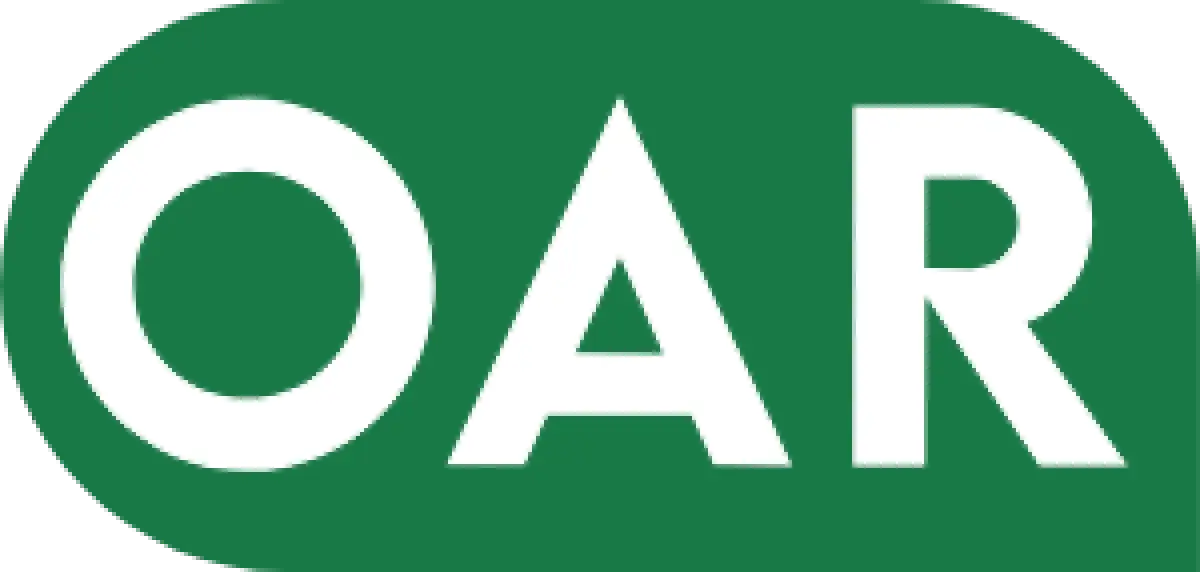What are the Common Mistakes in Accounts Receivable Management?
May 14, 2024

Delayed invoicing and lax credit control are among these mistakes, impacting cash flow and financial health.
In this article, we delve into common errors in accounts receivable management, highlighting their impact and providing insights for prevention.
Identifying Common Mistakes in Accounts Receivable Management
Identifying AR management errors is vital for financial health. Here are the common mistakes in accounts receivable management that businesses should be wary of to ensure smooth financial operations and sustainable growth.
Neglecting Clear Credit Policies
Neglecting clear credit policies in accounts receivable management often leads to payment delays and financial instability, as customers may misunderstand payment expectations, causing overdue invoices and strained relationships.
Clear credit policies outline payment terms, credit limits, and consequences for late payments, providing clarity to both parties. By establishing and enforcing clear credit policies, businesses can minimise payment disputes and maintain healthier cash flow. Regular reviews and updates of credit policies ensure alignment with business objectives and industry best practices.
Inadequate Monitoring and Follow-Up
Inadequate monitoring and follow-up represent common mistakes in accounts receivable management, often leading to significant financial challenges for businesses. Failure to monitor accounts receivable effectively involves neglecting to track outstanding invoices, which can result in delayed or missed payments. This oversight can disrupt cash flow and hinder the company's ability to meet its financial obligations promptly. Additionally, inadequate follow-up on overdue invoices exacerbates the problem, allowing outstanding balances to accumulate and potentially leading to bad debt write-offs.
The absence of systematic follow-up procedures may signal to customers that late payments are acceptable, further perpetuating the issue. Without consistent reminders and escalation procedures in place, businesses risk prolonging the collection cycle and compromising their financial stability. Inadequate monitoring and follow-up can strain relationships with clients, as unresolved payment issues may erode trust and confidence in the company's reliability.
Effective accounts receivable management requires regular monitoring of payment statuses and proactive follow-up on overdue or unpaid invoices.
Poor Invoicing Practices
Poor invoicing practices are a prevalent mistake in accounts receivable management, often leading to significant challenges for businesses.
- One common issue is the failure to provide clear and accurate invoices to clients. Incomplete or inaccurate invoices can result in payment delays or disputes. Inconsistent invoicing formats or missing essential details such as payment terms, due dates, and itemised charges can confuse clients and lead to delayed payments.
- Another mistake is the lack of a systematic invoicing process. Businesses may overlook establishing a standard procedure for generating and sending invoices, resulting in delays or missed billing cycles. This can cause inefficiencies in accounts receivable management and increase the risk of late payments or overlooked invoices.
- Inconsistent record-keeping practices contribute to poor accounts receivable management. Neglecting to maintain accurate and up-to-date records of invoices, payments, and client communications can lead to errors, oversights, and difficulties in reconciling accounts. This lack of visibility into financial transactions can impede decision-making and hinder the ability to promptly identify and address overdue accounts.
Hire OAR to Improve Your Accounts Receivable
Lack of Communication with Customers
One common mistake in accounts receivable management is the lack of communication with customers. Failure to maintain open lines of communication can lead to delays in payment and strained relationships between businesses and their clients. When invoices are not promptly acknowledged or followed up on, it can create confusion and frustration, resulting in delayed or missed payments.
Effective communication is essential for clarifying payment terms, resolving billing discrepancies, and addressing any issues or concerns that may arise. Without clear communication channels, customers may feel neglected or undervalued, leading to dissatisfaction and potentially damaging the business relationship.
Proactive communication allows businesses to anticipate potential payment delays and take appropriate action to mitigate risks. By keeping customers informed about payment deadlines and offering assistance or flexibility, businesses can foster trust and goodwill, which are essential for maintaining long-term partnerships.
Regular communication also provides an opportunity to strengthen customer relationships by demonstrating attentiveness and responsiveness to their needs. By keeping customers informed about the status of their accounts and providing updates on any outstanding invoices, businesses can enhance transparency and accountability, which are crucial for building trust and loyalty.
Ignoring Customer Creditworthiness
Ignoring customer creditworthiness is a frequent oversight in accounts receivable management that can lead to financial risks. Failing to assess a customer's creditworthiness before extending credit increases the likelihood of non-payment or late payment.
Clear credit checks and evaluations help businesses identify high-risk customers and tailor credit terms accordingly. By overlooking this crucial step, businesses risk accumulating bad debt and straining their cash flow. Regular credit assessments ensure credit is extended to prompt-paying customers.
Not Utilising Technology Effectively
Neglecting to leverage technology effectively is a common oversight in accounts receivable management, often resulting in inefficiencies and missed opportunities. Modern software solutions offer automation capabilities that streamline invoicing, payment processing, and collection efforts, reducing manual tasks and saving time. Additionally, advanced analytics from technology provide valuable insights into customer payment behaviors, aiding proactive decision-making. Ultimately, failing to utilise technology effectively can hinder the efficiency and effectiveness of accounts receivable processes, impacting cash flow and overall financial health.
Contact Us to Outsource Your AR Management
Short Tips to Streamline Your AR Process
Streamlining your AR process is crucial for enhancing financial health and operational efficiency. Below are some strategies for optimising your AR procedure:
- Implement automated invoicing systems.
- Offer multiple payment options.
- Conduct regular credit assessments.
- Establish clear credit policies.
- Enhance communication with customers.
- Utilise technology for monitoring.
- Provide training for staff members.
- Outsource AR tasks if necessary.
- Review and streamline processes regularly.
- Monitor key performance indicators.
Improved AR efficiency accelerates cash flow, reduces payment delays, and mitigates bad debt risks. Embracing streamlined AR practices fosters stronger customer relationships and overall business performance improvement.
 Author: Giles Goodman, Commercial Intervention Officer OAR
Author: Giles Goodman, Commercial Intervention Officer OAR
Giles Goodman is the definitive expert in cross-border commercial debt collection, mediation, legal recovery, and accounts receivable. Based in London, his 25 years of experience provide a global perspective on preventing defaults and efficiently managing overdue accounts. Giles’s insights and analyses empower business owners worldwide with strategic approaches to financial management and recovery.

Take control of your cash flow.
Streamline Vendor Onboarding & Boost Payments Worldwide.
Contact Us
OAR | Copyright 2025


